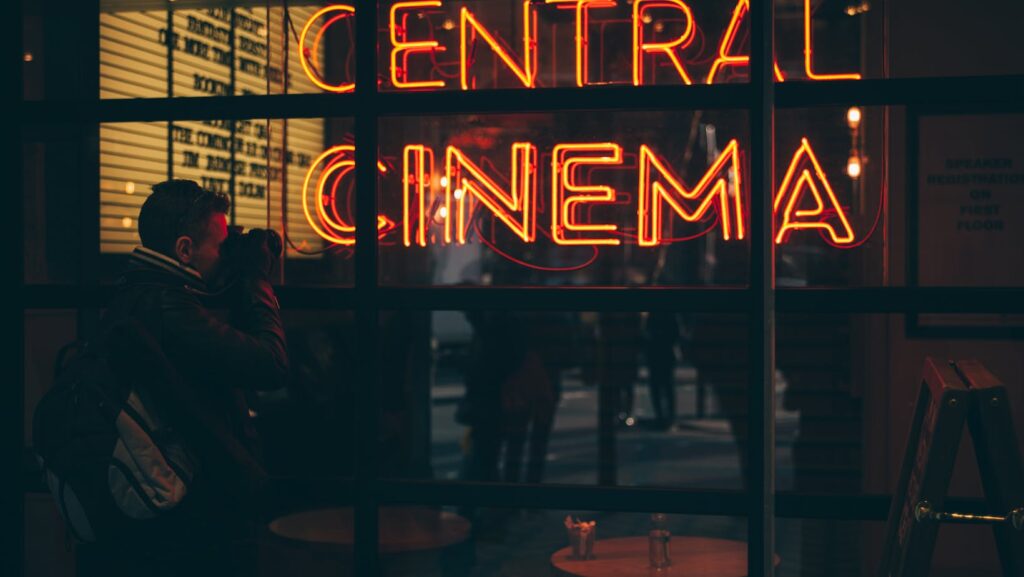Ah, the 90s – a decade of grunge, boy bands, and some of the most iconic films ever made. As movie buffs will tell you, it’s a time that left an indelible mark on the silver screen. From the rise of indie films to the resurgence of the blockbuster, the 90s were a transformative period in cinema.
Movie Trends in the 90s
Delving deeper into the cinematic landscape of the 90s allows us to appreciate the changes that the decade brought to the film industry. It’s essential to dissect the defining characteristics of the era’s cinema and acknowledge the directors who contributed significantly.
Characteristics of 90s Cinema

Movie trends in the 90s, cinema took a bolder and more creative turn, leading to an array of film characteristics that were distinct to the era. Emphasis on meta-cinema, or films about films, soared during this period. Examples include “The Player” (1992) and “New Nightmare” (1994), in which characters were aware they were in a movie or directly addressed film-related situations.
With independent films, it was a decade of experimentation and boundary-pushing. Films like “Pulp Fiction” (1994) and “Clerks” (1994) showcased unconventional storytelling, breaking away from traditional cinema norms.
Furthermore, the growth of Computer-Generated Imagery (CGI) revolutionized blockbuster production. Groundbreaking effects in movies like “Jurassic Park” (1993) and “Terminator 2: Judgment Day” (1991) set new standards for visual realism.
Prolific Directors of the Decade
An array of gifted directors flourished movie trends in the 90s, each leaving their distinctive mark on the industry. Steven Spielberg, known for “Jurassic Park” (1993) and “Schindler’s List” (1993), managed to strike a balance between commercial success and critical acclaim.

David Fincher entered the limelight with his dark, thriller style in films like “Fight Club” (1999) and “Se7en” (1995). Quentin Tarantino’s distinct narrative style, evident in “Reservoir Dogs” (1992) and “Pulp Fiction” (1994), defined 90s indie cinema.
Furthermore, the impact of international directors was significant, with Wong Kar-wai’s stylistic films like “Chungking Express” (1994) adding diversity to the decade’s cinematic landscape.
Each director played their part in defining movie trends of the 90s, demonstrating the versatility and creativity that made this decade memorable in the world of cinema.
Influence of Technology on 90s Films
As the 90s rolled in, emerging technologies had a profound influence on the film industry. CGI and DVDs were game changers, revamping how movies were created and distributed.
Introduction of CGI in Filmmaking
In the realm of filmmaking, nothing disrupted the status quo in the 90s quite like the advent of Computer Generated Imagery (CGI). This technology allowed for creating scenes and elements that would’ve been unattainable with traditional shooting techniques. For instance, in ‘Jurassic Park’ (1993) and ‘Terminator 2: Judgment Day’ (1991), Spielberg and Cameron employed CGI to bring dinosaurs and futuristic robots to life, revolutionizing visual effects in film.
The Impact of DVD on Movie Distribution

The Digital Versatile Disc (DVD), introduced commercially in the mid-90s, altered movie distribution decisively. Prior to DVDs, VHS tapes dominated the scene, offering lower picture and sound quality. DVDs revolutionized the industry, providing higher audio-visual quality and extra features, such as director’s commentary and deleted scenes. An example of this impact is ‘The Matrix’ (1999). Upon its DVD release, the film’s popularity soared, benefiting from features like scene selection and high-definition display. Consequently, DVD releases became a standard for films, effectively ending the VHS era.
Blockbusters Birthed
The movie trends in the 90s was a transformative decade for cinema. It’s clear that the era’s innovative storytelling, the rise of indie films, and the resurgence of blockbusters reshaped the industry. Directors like Spielberg and Tarantino left an indelible mark, while the advent of CGI forever changed the landscape of visual effects. This decade also saw genre shifts, with independent films and action flicks dominating the scene. Emerging technologies, notably CGI and DVDs, revolutionized both the creation and distribution of films. The shift from VHS to DVD offered audiences a new, enhanced viewing experience. The 90s wasn’t just a decade of change – it was a decade of revolution, setting the stage for the cinematic wonders we enjoy today.


